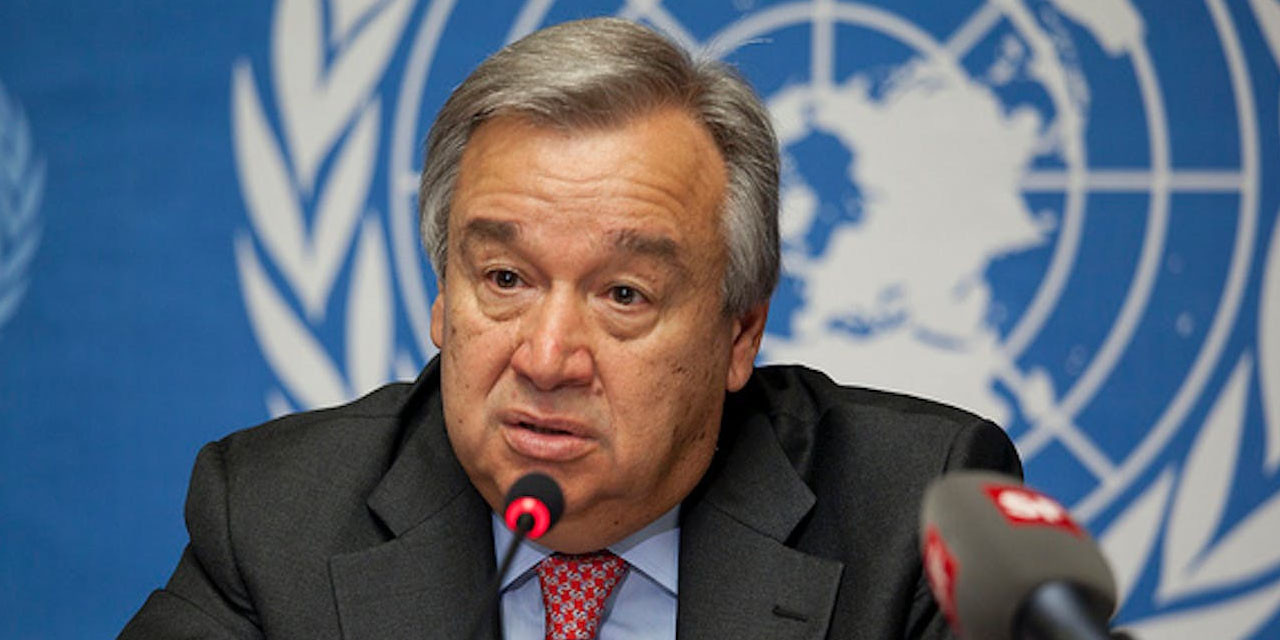High Seas Pact Tightens Namibia’s ESG Credentials
Namibia backs BBNJ as ZAR=X steadies and CL=F frames terms of trade; reserves near $3.3 billion and 10-year yields around 10–11% test whether governance delivery compresses spreads and unlocks $200 million in blue-economy capital by 2026.

Namibia’s endorsement of the United Nations High Seas Biodiversity Agreement (BBNJ) in October 2025 positions it among early adopters of a binding regime for conserving marine biodiversity beyond national jurisdiction. The pact reached the 60-ratification threshold in September 2025 and is expected to enter into force in early 2026, extending governance to areas beyond 200 nautical miles where global protection has covered under 1% of waters to date. For Namibia, where fisheries, ports, and coastal tourism together contribute roughly 4% of GDP and support about 16,000 jobs, the move formalises a policy pivot from extraction-led growth to rules-based ocean management with measurable macro-financial effects.
Transmission runs through credibility, capital access, and compliance. Adoption strengthens Namibia’s standing with multilateral lenders and ESG-linked investors by aligning domestic practice with a uniform framework for area-based management tools, environmental-impact assessments, and marine genetic-resource benefit sharing. That alignment lowers jurisdiction risk and compresses required returns for long-tenor projects in offshore renewables, green hydrogen, and marine biotechnology. Compliance imposes costs—satellite monitoring, scientific surveys, legal harmonisation, and regional data exchange—but unlocks concessional finance and technical support tied to implementation. The policy mix is anchored by Namibia’s membership in the Common Monetary Area, which pegs the Namibia dollar one-for-one to the rand (ZAR=X), keeping imported inflation contained and limiting independent monetary drift.
Macro arithmetic sets bounds for the investment case. Real GDP growth is projected near 3.3% in 2025 after about 4.6% in 2024, with a 2026 path closer to 3.8–4.0% as services and energy projects scale. Headline inflation moderated into a 4–6% y/y range by Q3 2025, consistent with rand stability and softer fuel pass-through. Public debt sits near the low-60s percent of GDP; debt sustainability hinges on interest-to-revenue rather than stock ratios. Gross reserves stand around $3.2–$3.5 billion after external redemptions, a level that is adequate if the current-account gap narrows on steady tourism inflows and stable fish exports. Local-currency funding conditions reflect these fundamentals: the 10-year yield traded around 10–11% in mid-October 2025. A sustained governance premium from BBNJ implementation could compress that level toward high-single-digits by 2026 if reserves rebuild and primary issuance remains predictable.
Sector mechanics are direct. In the Benguela Current Large Marine Ecosystem shared with Angola and South Africa, robust surveillance and regionally endorsed area-based measures can stabilise biomass for hake and horse mackerel, improving catch-per-unit-effort, smoothing quota values, and lifting export realisations. Fisheries exports of roughly N$10 billion annually can expand 5–7% y/y if certification premia attach to verifiable sustainability.
Port services and cold-chain logistics benefit from longer contract horizons as environmental baselines reduce counterparty risk. Offshore wind and green-hydrogen pilots gain from clear siting rules and predictable assessments, improving debt-to-equity structures in project finance. By contrast, deep-sea mineral exploration faces higher hurdle rates where conservation mandates constrain activity; that delay reduces litigation tail-risk but pushes monetisation to later years.
Market context is favourable but not unconditional. The Bank of Namibia has moved in line with the South African Reserve Bank’s pause, keeping the repo rate steady and preserving liquidity without undermining the peg. With Brent (CL=F) within consensus ranges and the rand stable against the dollar (ZAR=X), imported inflation remains manageable, supporting a gradual easing bias in 2026. Namibia’s EMBI-style spread, recently in a ~350–400 bps band over U.S. Treasuries, can tighten if treaty delivery is matched by steady reserves and disciplined issuance. Corporate borrowers in logistics and processing should see narrower spreads as sovereign risk premia fall; banks face modest net-interest-margin pressure but lower mark-to-market volatility if the curve rolls down without FX stress.
Risks are specific and quantifiable. Implementation slippage—failure to pass enabling legislation, inadequate funding for monitoring, or weak regional coordination—would widen spreads and raise project discount rates. A larger-than-expected reserve draw or weaker SACU transfers would tighten domestic liquidity and lift local yields. A sharp rand sell-off or oil-price shock would raise imported inflation and delay any easing bias. Governance tension between prospective deep-sea mining and conservation mandates remains a live constraint and requires clear sequencing with International Seabed Authority processes and BBNJ’s “not-undermine” principle.
The forward test is time-bound and measurable. By end-2026, confirmation requires three thresholds: first, enabling legislation enacted and participation in at least one BBNJ Conference-of-Parties-endorsed management measure; second, gross reserves maintained at or above $3.2 billion with the 10-year local yield at or below 10%; third, at least $200 million in new private capital committed to ocean-economy projects.
Meeting these thresholds would validate a shift from policy signalling to execution, embedding ocean governance within a macro framework that tightens sovereign spreads, stabilises inflation, and crowds in private investment.





